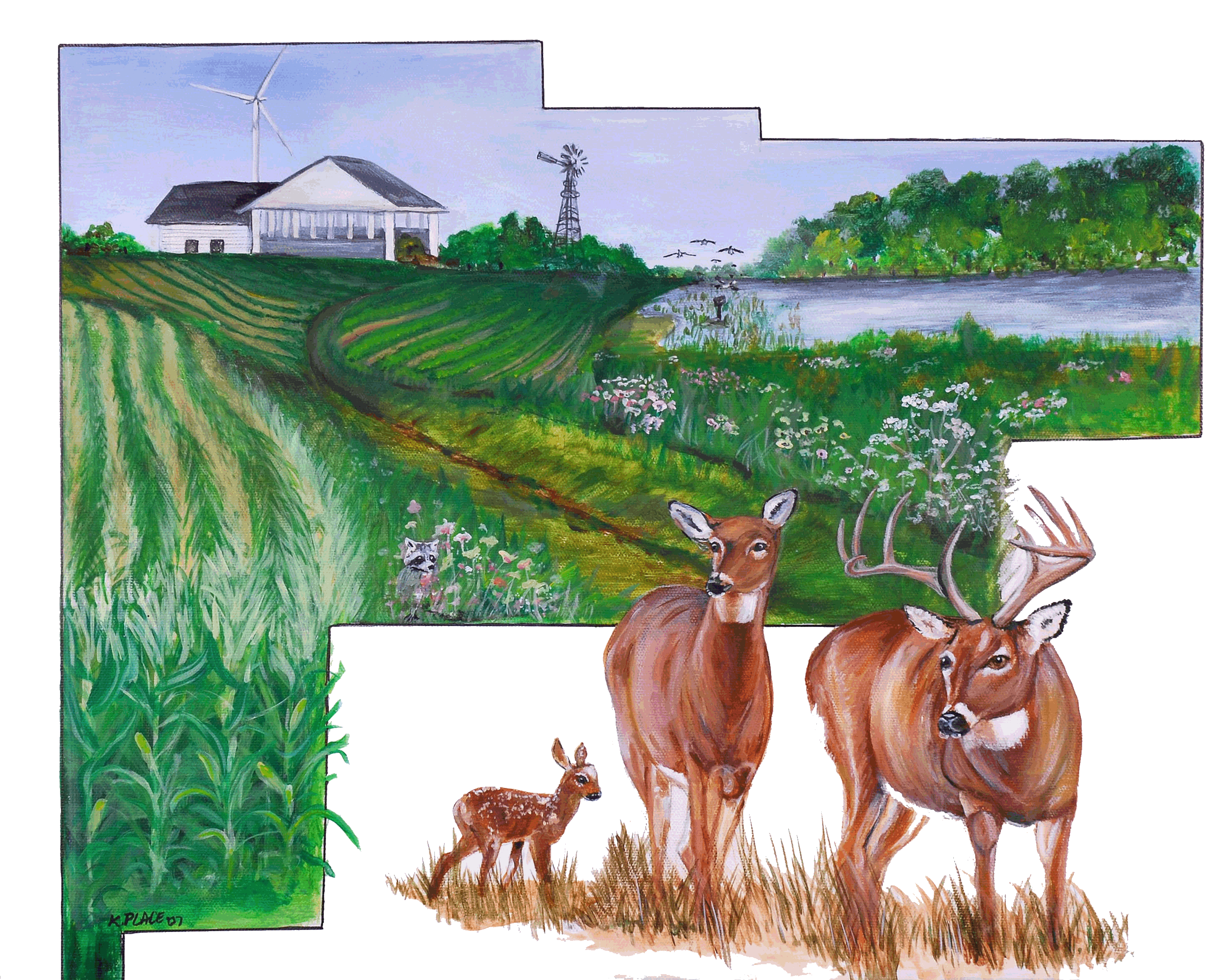
Auglaize Soil and Water
Conservation District
Tree Sales
We will charge Sales Tax of 7.25%
We will be accepting tax exemption forms - if applicable
Tree Order Form
Tree Descriptions - click on the below link
https://ohiodnr.gov/wps/portal/gov/odnr/discover-and-learn/safety-conservation/about-ODNR/forestry
click here for how to plant a seedling
Seedlings are young trees or shrubs that are planted from seed. They are grown for 1-4 years and then dug up. There is usually a variation in height and size, but this is the fastest and least expensive way to start a tree.
Seedlings: basic things to do and watch for when planting.
-
Plan ahead . . . what will the tree look like in 10 years? Will branches cross property lines, grow into overhead lines, shade your garden, cause snow to drift into your driveway, roots tunnel their way down into nearby drain tiles, crack foundation walls, and have enough room to grow (height and width)?
-
Protect your seedling with a small fence or marker so it does not get run over by the lawnmower.
-
Plant early to avoid hot and dry weather, around 40 degrees is ideal, and plant in moist but not wet soil.
-
If planting is delayed . . . never allow the roots to dry out especially in high temperatures or windy conditions. If delayed planting is less than a week, store seedlings in a cool, dark, and damp place. If delayed planting is more than a week, store seedlings in cold storage 35-40 degrees. DO NOT immerse seedlings in water for storage, allowing them to soak for 1-3 hours just before planting is ok.
-
Digging a hole may be one of the best options vs using a dibble bar. This allows the roots to be spread over a larger soil area and crumbling the soil on top of the roots ensuring better soil to root contact.
-
Roots should fall straight down in the hole to avoid "J-rooting". J-rooting is when roots bend in the hole back towards the soil surface and after a while can cause tree death.
-
Plant the seedling at the right depth. Usually there are signs of this on the bark. Be sure the hole is wide enough so that the roots are all parallel with the ground surface and not pointed upwards (J-rooting) on the side of the hole.
-
Remove most of the air pockets when putting soil back around the tree to keep the roots from drying out. Be firm, do not stomp the ground around the seedling.
-
Effective weed control enhances tree survival and growth. Mowing, mulching, mechanical cultivation and herbicide can all be used. Close mowing around the seedlings often result in damage to the main stem. Mulching 4-6 inches helps with weed control, conserves moisture and reduces temperature extremes. Do not mix the mulch into the soil, but leave on top to reduce the nitrogen tie up as it decays. Mulch that contains black walnut should be composted for 1 year before using.
Windbreak Suggestions:
-
There are several ways to plant windbreaks depending on how many trees you want to use, what kind of tree and where you are going to put them. If you want trees to be intertwined when they are adult, then plant closer together. Plant them farther apart and allocate enough room for both trees to grow if you want space between the trees when they are adult.
-
Plant approximately 75 feet away from the nearest leeward building, the effective distance is 15-20 times the height of the tree.
-
Seedling rows should be 8 feet or more from fences, utility lines, property lines and roads. Check with your local township for specific zoning rules.
-
If using for a snow fence, locate them on the north of east-west roads and west of north-south roads. Living snow fences should extend a minimum of 50-75 feet beyond the snow drift problem.
For additional information visit ODNR Division of Forestry at forestry.ohiodnr.gov

